Table of Contents
Introduction
The 1960s was a decade of profound transformation, not only in politics and society but also in the world of fashion. Women’s fashion broke free from the conservative constraints of the 1950s, embracing bold colors, innovative designs, and a sense of freedom that mirrored the era’s rebellious spirit. From the elegant sophistication inspired by First Lady Jacqueline Kennedy to the revolutionary mini skirts of Swinging London and the free-spirited hippie styles, the 1960s offered a diverse array of fashion trends that continue to inspire designers today.
Cultural Context of the 1960s
The 1960s was a time of significant social and cultural upheaval. Movements such as the Civil Rights Movement, second-wave feminism, and anti-Vietnam War protests fueled a desire for change and self-expression. Women began challenging traditional gender roles, and their clothing choices reflected this shift, becoming more daring and individualistic. Fashion became a powerful medium for expressing personal and political identities, setting the stage for the decade’s iconic styles.
Early 1960s Fashion: Elegance and Sophistication
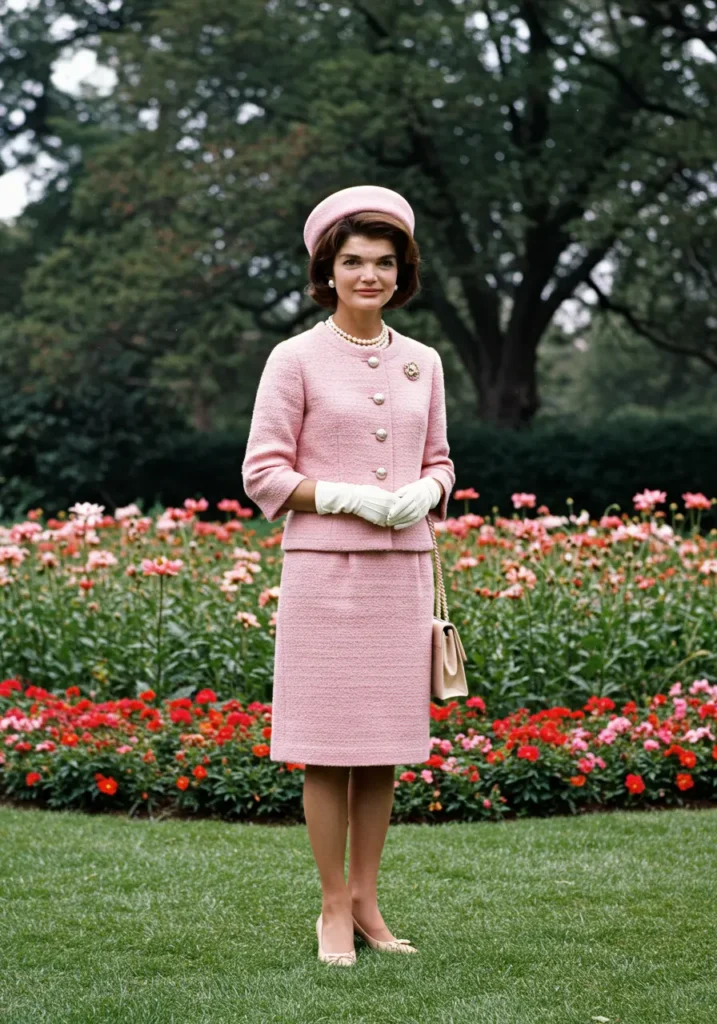
In the early 1960s, women’s fashion retained the elegance of the 1950s, characterized by refined and feminine silhouettes. First Lady Jacqueline Kennedy emerged as a style icon, known for her clean, simple, and impeccably tailored outfits. Her wardrobe, often designed by Hubert de Givenchy and Cristóbal Balenciaga, included sheath dresses, tailored suits with short jackets and oversized buttons, and the iconic pillbox hat. Pastel colors, luxurious fabrics, and matching accessories defined her polished look, which women worldwide sought to emulate.
Mid-1960s Fashion: Swinging London and Mod Style
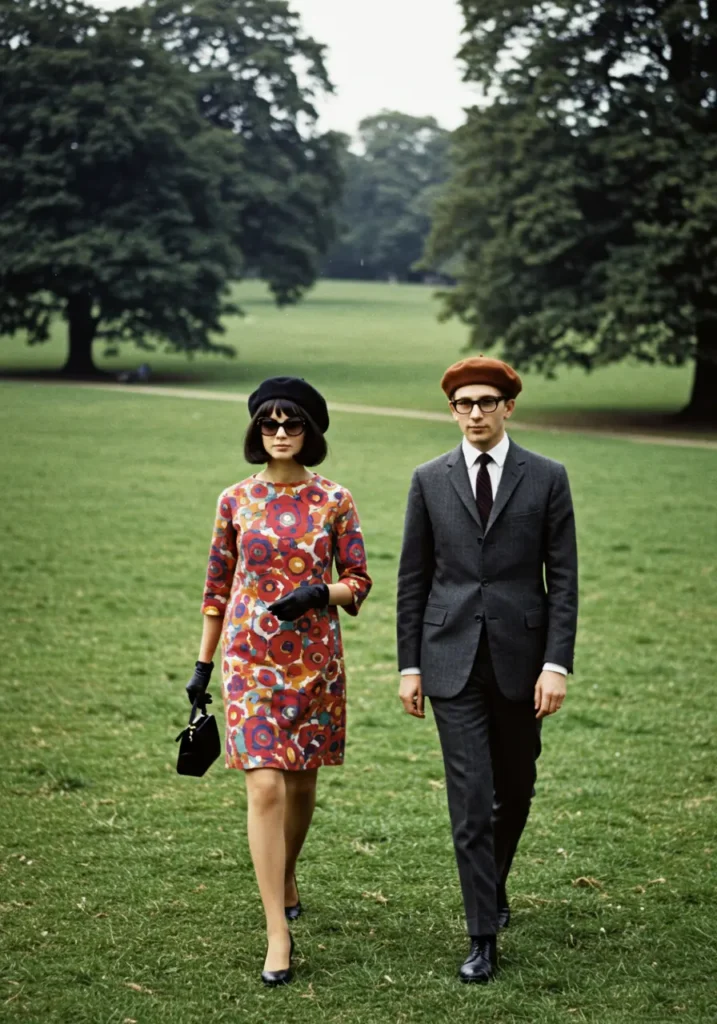
By the mid-1960s, the fashion landscape shifted dramatically with the rise of youth culture, particularly in London. The Mod (Modernist) movement, driven by designers like Mary Quant, embraced bold geometric patterns, bright colors, and slim-fitting silhouettes. Quant’s designs, sold through boutiques on London’s Kings Road and Carnaby Street, catered to a younger, urban audience. As Quant famously said, “The fashionable woman wears clothes. The clothes don’t wear her,” emphasizing personal style and confidence (Mary Quant Quotes).
The Mini Skirt Revolution
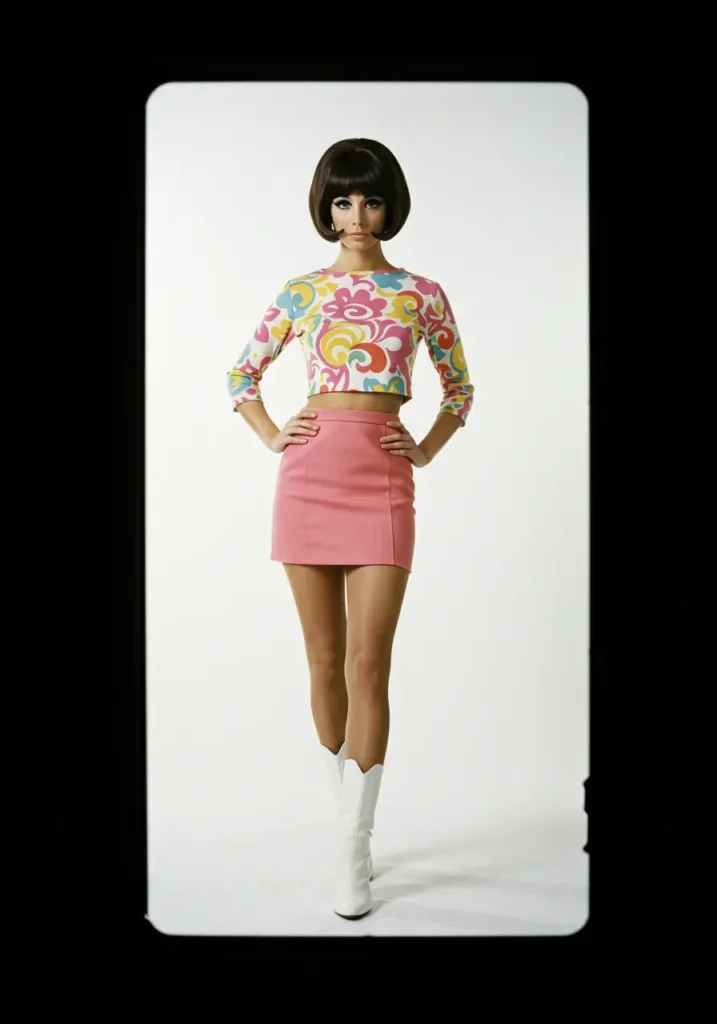
Introduced by Mary Quant in 1964, the mini skirt became a defining symbol of the 1960s, challenging societal norms and embodying women’s liberation. Worn with tights or knee-high go-go boots, the mini skirt was often paired with simple tops or sweaters, creating a youthful and playful look. Its global popularity, embraced by celebrities and everyday women, marked a turning point in fashion history. Quant herself noted, “I designed the miniskirt that caused so much havoc in the Sixties – the miniskirt that was such fun but has travelled well to today” (BrainyQuote).
Late 1960s Fashion: Peace, Love, and Hippie Style
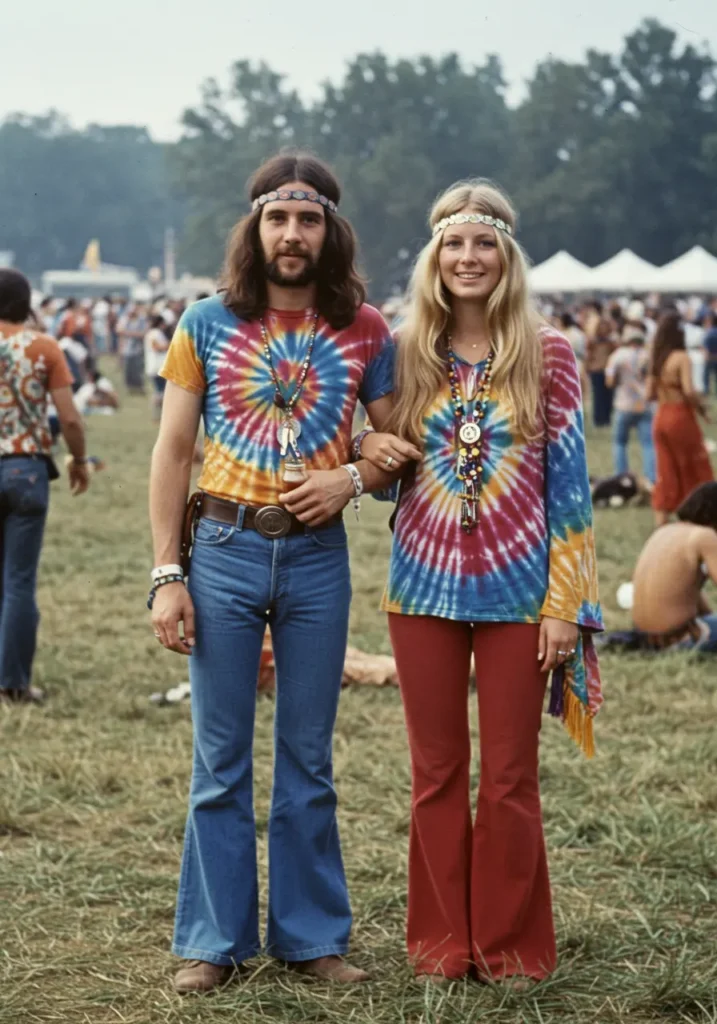
As the decade progressed, the counterculture movement gave rise to the hippie style, which rejected mainstream values in favor of natural, eclectic garments. Tie-dye shirts, bell-bottom jeans, fringe jackets, and ethnic-inspired clothing, such as kaftans and peasant blouses, became hallmarks of this trend. Hippie fashion prioritized individuality and comfort, often featuring peace symbols, floral patterns, and natural fabrics like cotton and hemp, reflecting a connection to nature and global cultures.
Music and Fashion
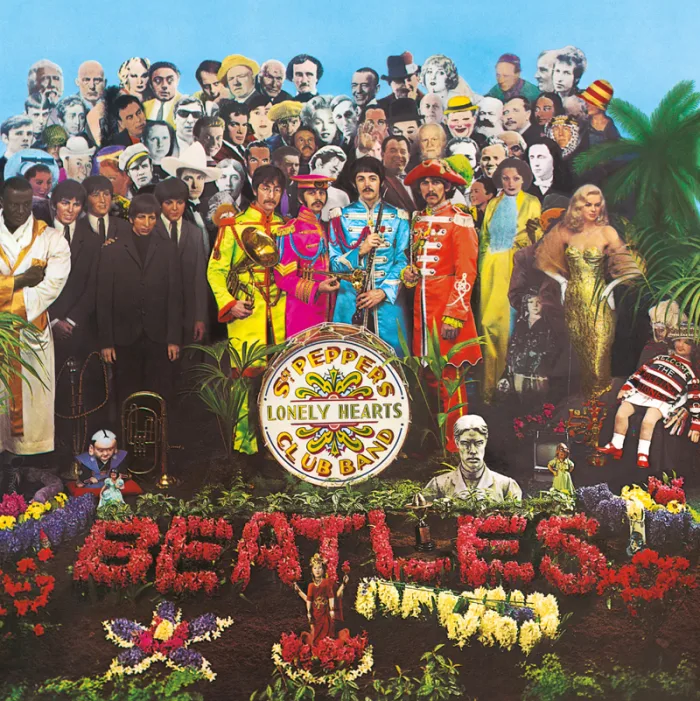
Music was a driving force in 1960s fashion, with bands like The Beatles and The Rolling Stones influencing global trends. The Beatles’ early clean-cut suits evolved into colorful, experimental outfits by the late 1960s, as seen in their Sgt. Pepper’s Lonely Hearts Club Band era. Female musicians like Janis Joplin and Grace Slick embodied the hippie aesthetic, wearing bohemian clothing that inspired fans to adopt similar styles.
Iconic Fashion Items of the 1960s
The 1960s introduced several iconic fashion items that defined the era:
| Item | Description |
|---|---|
| Mini Skirt | A short, above-the-knee skirt symbolizing youth and rebellion. |
| Go-Go Boots | Knee-high boots, often white, paired with mini skirts for a futuristic look. |
| Bell-Bottoms | Flared pants popular in the hippie movement, often in denim or vibrant fabrics. |
| Turtlenecks | Versatile tops worn under jackets or with skirts, favored across styles. |
| Psychedelic Prints | Bold, colorful patterns reflecting the era’s artistic and cultural experimentation. |
Influential Designers and Figures
Several designers and figures shaped 1960s fashion:
- Mary Quant: Pioneered the mini skirt and Mod fashion, revolutionizing youth style.
- Twiggy: A supermodel whose androgynous look defined the Mod aesthetic.
- Yves Saint Laurent: Introduced gender-bending styles, like the “Le Smoking” tuxedo suit for women.
- The Beatles: Their evolving style, from suits to bohemian looks, influenced global trends.
Hairstyles and Makeup in the 1960s
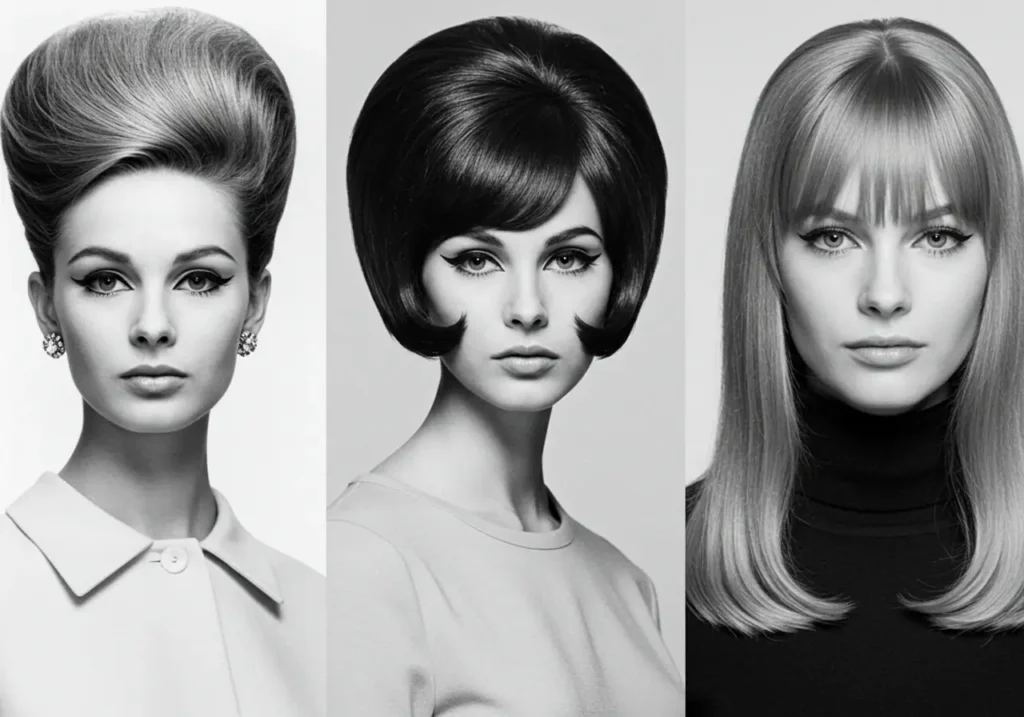
Women’s hairstyles in the 1960s were as varied as the fashion. Early in the decade, voluminous bouffants and beehives, often secured with hairspray, were popular. The sleek bob, popularized by Vidal Sassoon, became a Mod staple. By the late 1960s, long, straight hair reflected the hippie ethos. Makeup emphasized the eyes with bold eyeliner, false eyelashes, and pale lips, creating a dramatic yet youthful look.
Accessories in the 1960s
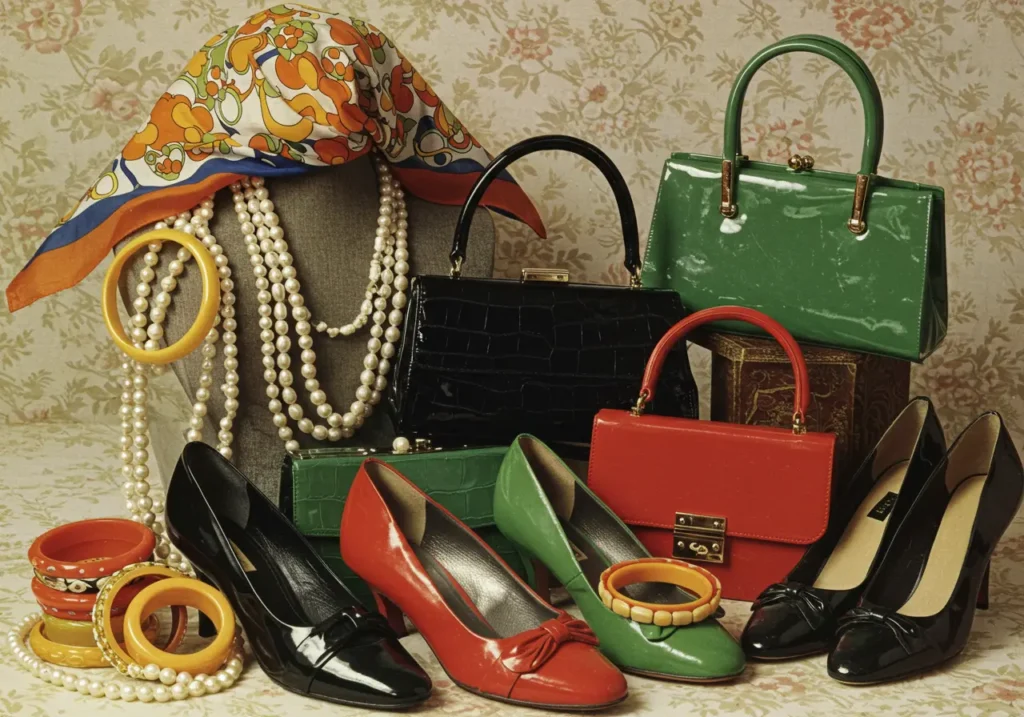
Accessories played a vital role in completing 1960s outfits. In the early decade, elegant looks featured pearl necklaces, gloves, and structured handbags. The Mod era introduced large plastic jewelry, headscarves, and berets, adding playful touches. Hippies favored handmade items like beaded necklaces and leather bracelets. Footwear evolved from kitten heels to platform shoes and sandals, reflecting the decade’s diversity.
1960s Fashion Today
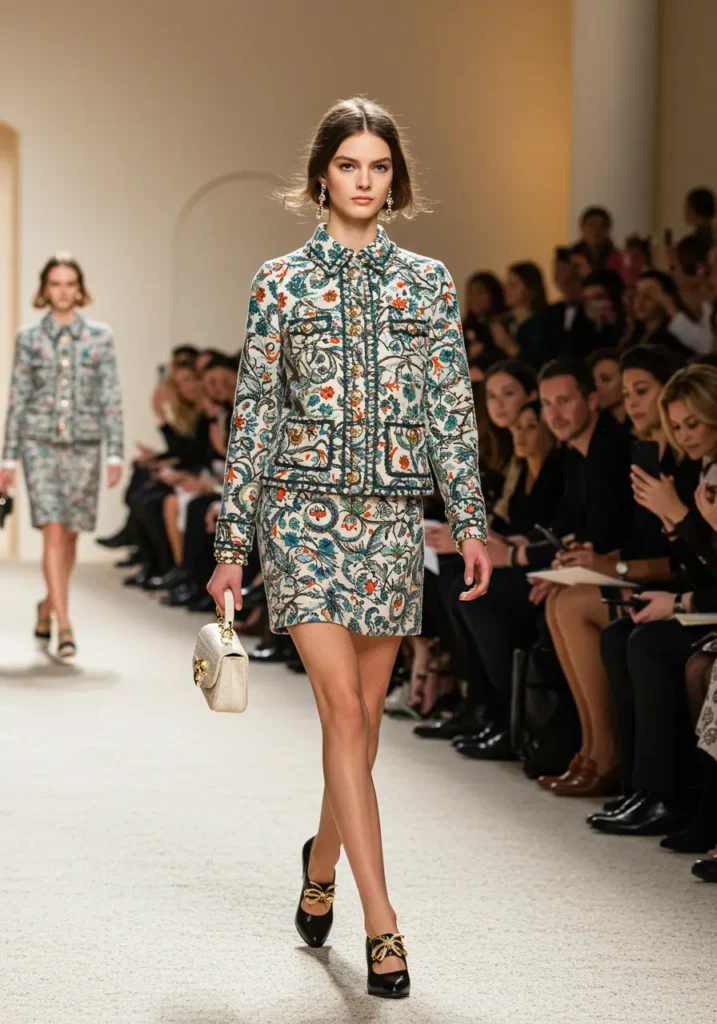
The legacy of 1960s fashion remains strong, with its bold and innovative styles influencing contemporary design. Recent exhibitions, such as Generation Paper: Fast Fashion of the 1960s at the Phoenix Art Museum (Phoenix Art Museum) and Fashion as Experiment: The ’60s at the Allentown Art Museum (Allentown Art Museum), celebrate the decade’s experimental spirit. Modern designers, including Chanel and Celine, frequently incorporate 1960s elements like mini skirts, baker boy caps, and knee boots, as seen in recent collections (The Standard).
Conclusion
The 1960s was a pivotal decade that redefined women’s fashion, breaking away from tradition and embracing new forms of expression. From the elegance of Jackie Kennedy to the revolutionary mini skirts of Mary Quant and the bohemian freedom of hippie style, the era’s trends reflected a society in flux. These styles continue to resonate, proving the timeless appeal of the Swinging Sixties.
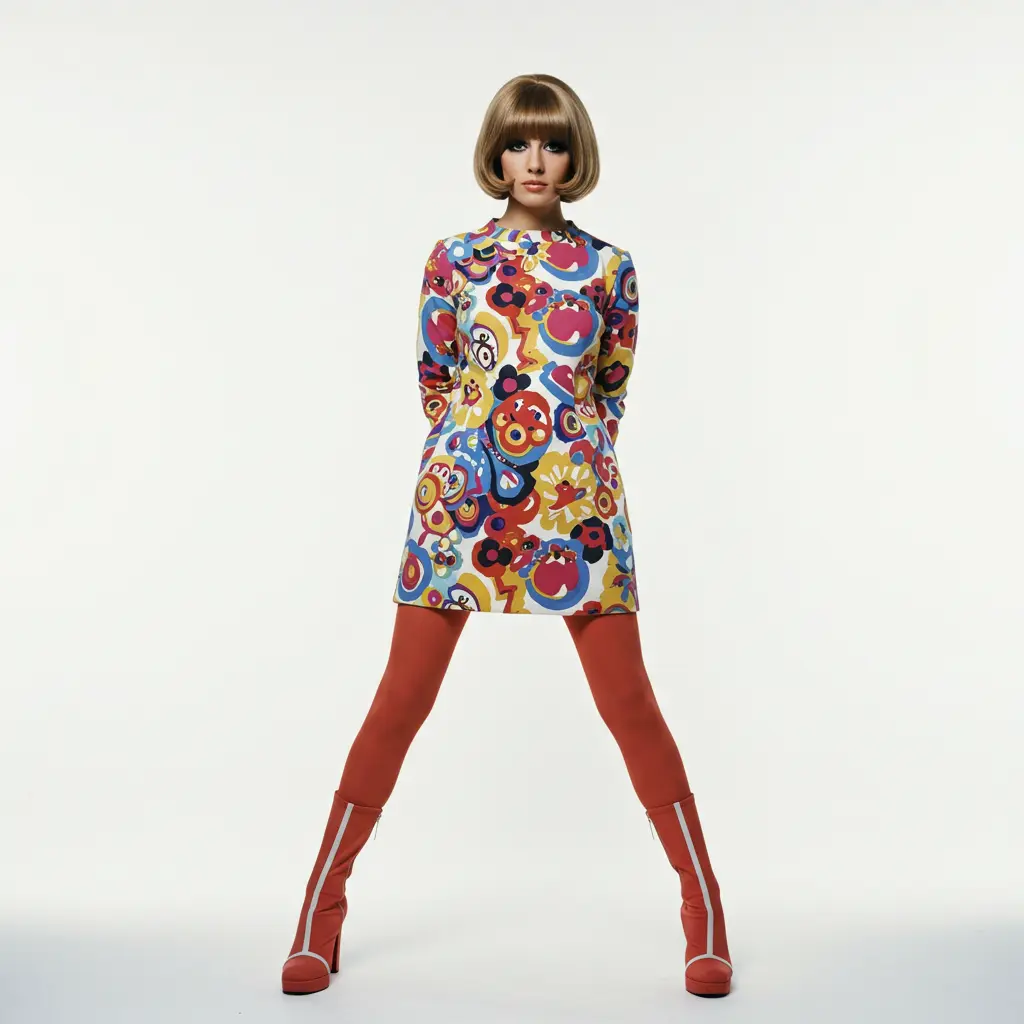


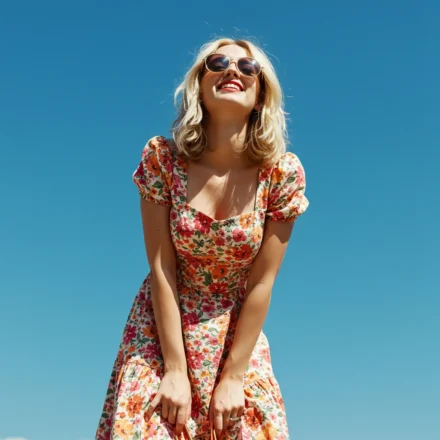
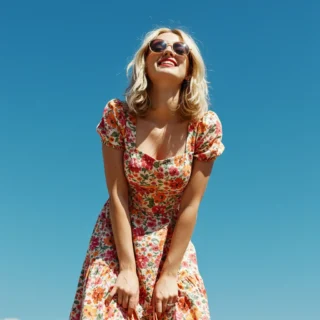
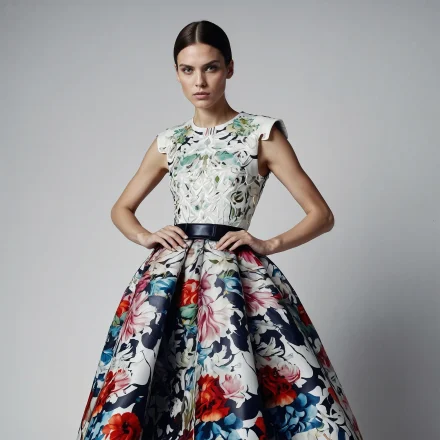
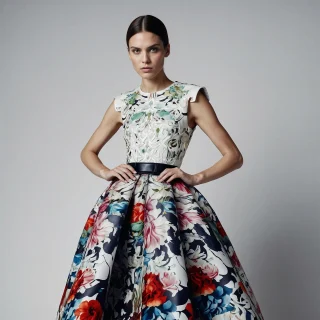


Leave a Comment